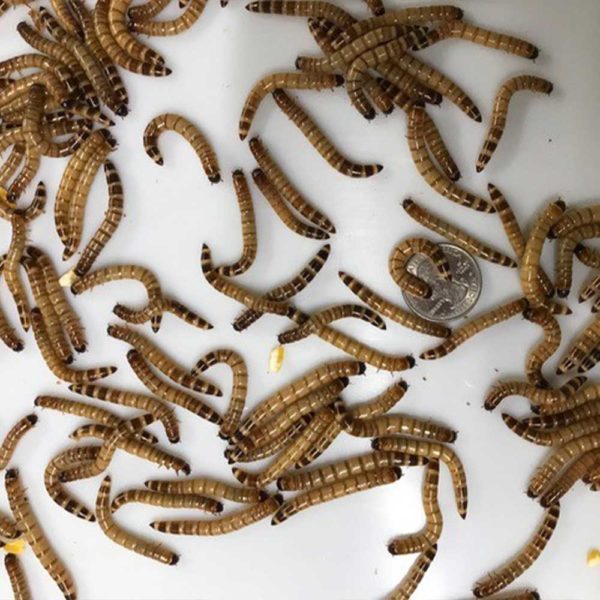

It is extremely rich in crude protein, which accounts for 50% to 82% of its dry mass depending on the insect species and processing method. Insect meal (IM) is rich in amino acids, lipids, vitamins, and minerals, and has been suggested as a promising and natural alternative to FM and FO. More alternative ingredients are therefore needed to sustainably promote aquaculture growth while improving fish growth and health performances. However, feed ingredients of vegetable origin have disadvantages, such as the presence of anti-nutritional factors, low content of particular essential amino acids, and low palatability. For instance, plant-based products made of soy, corn, wheat, have been suggested as possible alternative ingredients with high protein content. Thus, great efforts are currently being made by the aquafeed industry to find more profitable and sustainable protein-rich ingredients. However, the increasing demand for FM and fish oil (FO) by the aquaculture industry, has led to a notable price increase of these two commodities. In conclusion, the yellow mealworm protein meal could effectively replace 100% of fishmeal in the diet of juvenile rainbow trout with positive effects on its overall zootechnical performance.įishmeal (FM) has been the primary source of protein in aquafeeds due to its high protein content, balanced composition of amino acids, and high palatability. Protein, phosphorus, and energy retention significantly increased in fish fed the diets with an insect protein meal.


Regardless of the incorporation level, the insect protein meal had no effects on fish whole-body composition and apparent digestibility coefficients of dry matter, protein, fat, phosphorus, and energy. After 90 days, the graded incorporation of insect protein meal led to a significant stepwise increase in final body weight, and a significant improvement of specific growth rate, feed conversion ratio, and protein efficiency ratio compared to the control treatment. The trial comprised five dietary treatments: control diet with 25% fishmeal, and four experimental diets with yellow mealworm protein meal at 5%, 7.5%, 15%, or 25%, which corresponded to a fishmeal replacement of 20%, 30%, 60%, or 100%, respectively. This study assessed the effect of graded incorporation levels of defatted yellow mealworm ( Tenebrio molitor) protein meal on juvenile rainbow trout ( Oncorhynchus mykiss) growth performance, body composition, and apparent nutrient digestibility. Insects are emerging as a sustainable alternative to fishmeal and fish oil in aquafeeds.


 0 kommentar(er)
0 kommentar(er)
